XRF Test Results for Multi-Color Silicone Reusable Stasher-Brand Sandwich bag
August 2, 2023 — Wednesday
In my one-on-one home consultations with families across the country, I have tested dozens of these silicone food storage bags (Stasher-brand and other similar products) over the past several years and all have been positive for traces (“traces,” meaning very low levels and not an additive ingredient but a trace contaminant of the colorants or manufacturing process) of Cadmium.
This is the first opportunity I have had to do extensive testing of one in-house (here at my office in Oregon) and write up the test results. Please note that the levels of Cadmium found are considered to be safe by all standards (both European and U.S.). For a more in depth conversation about the presence of Cadmium in silicone, please read this article I wrote (and recently updated) about the Diva-brand silicone menstrual cup.
Key points of note:
- We ran dozens of tests on the bag pictured to confirm the levels of metals found.
- Each color of silicone in this multi-color Stasher-brand bag was tested multiple times.
- All colors were positive for traces of both Cadmium and Antimony in one or more sections of the bag tested.
- Cadmium and Antimony are both known carcinogens.
- The strictest safety limit for Cadmium in consumer goods is 40 ppm (set by Washington State) and all tests found the Cadmium levels in this bag to fall far below that limit, hence (as far as Cadmium-contamination goes) this bag is “safe by all standards.”
- Antimony was added to the list of known carcinogens (here in the United States) in December 2021 and there are not currently any universal thresholds (across all types of consumer goods) by which Antimony is considered “safe by all standards,” however, Antimony (often found as a contaminant in plastics — including polyfil — and other synthetic materials) has similar properties to Lead and one could extrapolate that the 100 ppm limit for total Lead content in consumer goods intended for use by children might be an appropriate regulatory limit also applied to Antimony. Using this logic, the Antimony levels found in this Stasher bag would likely be considered “safe by all standards” IF there were a relevant standard (which there currently is not — to my knowledge).
- These products likely pass FDA standards for leaching of metals and (at the levels of toxicants found) are not likely leaching heavy metals into the contents of the bags — especially with short-term cold food storage and even more so with dry food storage.
The information here on the website is presented to Lead Safe Mama readers not to cause fear or panic, but to educate (more on that at this link). The goal is to give you science-based information that you might not otherwise have access to so you can make informed choices for your family. By sharing the full test results for the bag pictured (see those results by scrolling down), you can make an informed choice as to whether or not you use these (and similar products) for your family.
For me, the main takeaway is that the silicone industry (along with the “green cookware industry”) has been pushing a marketing narrative that silicone products are “not plastic,” are “safer,” and are “better for the planet.” In learning more about the makeup of these products, I hope it will encourage you to question the industry narrative and dig deeper into the relevant considerations.
Silicone is essentially a type of plastic. Most non-silicone modern food storage plastic products I have tested (while I am certain they have other issues) do not test positive for even traces of Cadmium or Antimony. Personally, we avoid silicone products in our home whenever possible. In general, I discourage the use of silicone products for any heated applications (including baking and other forms of cooking). For baby bottle nipples and pacifiers, I encourage parents to try natural rubber whenever possible (as long as their child is not allergic to natural rubber).
Note: I was curious about the marketing language on the package “Platinum Silicone” so I expressly looked for traces of Platinum in this product, but the instrument did not detect Platinum in any of the test results. I understand that Platinum is used in the curing process/ molds for this type of silicone.
Some additional reading
Please click the screenshot below for a VERY interesting article (from LifeWithoutPlastic.com) discussing the greenwashing generated by the Silicone industry and specifically, the concerns for toxicity with Silicone products used for food-use applications (from our friends to the North, in Canada).
For those new to this website:
Tamara Rubin is a multiple-Federal-award-winning independent advocate for childhood Lead poisoning prevention and consumer goods safety, and a documentary filmmaker. She is also a mother of Lead-poisoned children (two of her sons were acutely Lead-poisoned in 2005). Since 2009, Tamara has been using XRF technology (a scientific method used by the U.S. Consumer Product Safety Commission) to test consumer goods for toxicants (specifically heavy metals — including Lead, Cadmium, Mercury, Antimony, and Arsenic). All test results reported on this website are science-based, accurate, and replicable. Items are tested multiple times to confirm the test results for each component tested. Tamara’s work was featured in Consumer Reports Magazine in February of 2023 (March 2023 print edition).
Full XRF Test Results for the Stasher bag Pictured
Reading #1) Pink Area (doubled over)
120-Second (two-minute) Test
- Lead (Pb): non-detect
- Cadmium (Cd): 16 +/- 3 ppm
- Tin (Sn): 9 +/- 4 ppm
- Mercury (Hg): non-detect
- Selenium (Se): non-detect
- Barium (Ba): non-detect
- Chromium (Cr): non-detect
- Antimony (Sb): 17 +/- 6 ppm
- Zinc (Zn): 76 +/- 9 ppm
- Niobium (Nb): 307 +/- 10 ppm
- Indium (In): 20 +/- 4 ppm
- Platinum (Pt): non-detect [LOD 25 ppm]
- No other metals were detected in consumer goods mode.
Reading #2) Purple Area (doubled over)
120-Second (two-minute) Test
- Lead (Pb): non-detect
- Cadmium (Cd): 25 +/- 3 ppm
- Tin (Sn): 18 +/- 4 ppm
- Mercury (Hg): non-detect
- Selenium (Se): non-detect
- Barium (Ba): non-detect
- Chromium (Cr): non-detect
- Antimony (Sb): 23 +/- 6 ppm
- Zinc (Zn): 73 +/- 9 ppm
- Niobium (Nb): 486 +/- 11 ppm
- Indium (In): 25 +/- 4 ppm
- Platinum (Pt): non-detect [LOD 25 ppm]
- No other metals were detected in consumer goods mode.
Reading #3) Orange Area (doubled over)
120-Second (two-minute) Test
Bottom of bag
- Lead (Pb): non-detect
- Cadmium (Cd): 17 +/- 3 ppm
- Tin (Sn): 11 +/- 4 ppm
- Mercury (Hg): non-detect
- Selenium (Se): non-detect
- Barium (Ba): non-detect
- Chromium (Cr): non-detect
- Antimony (Sb): 27 +/- 6 ppm
- Zinc (Zn): 76 +/- 9 ppm
- Niobium (Nb): 298 +/- 10 ppm
- Indium (In): 21 +/- 4 ppm
- Platinum (Pt): non-detect [LOD 28 ppm]
- No other metals were detected in consumer goods mode.
Reading #5) White Area (doubled over)
120-Second (two-minute) Test
- Lead (Pb): non-detect
- Cadmium (Cd): 25 +/- 3 ppm
- Tin (Sn): 18 +/- 4 ppm
- Mercury (Hg): non-detect
- Selenium (Se): non-detect
- Barium (Ba): non-detect
- Chromium (Cr): non-detect
- Antimony (Sb): 28 +/- 6 ppm
- Zinc (Zn): 71 +/- 9 ppm
- Niobium (Nb): 501 +/- 11 ppm
- Indium (In): 28 +/- 4 ppm
- Platinum (Pt): non-detect [LOD 21 ppm]
- No other metals were detected in consumer goods mode.
Some additional reading here on the Lead Safe Mama website:
- Here’s a category of articles on LeadSafeMama.dot.com that include the tag “silicone with trace Cadmium.”
- Read this for some examples of silicone products that have tested negative for Cadmium.
- Here’s more about the testing methodology and instrumentation used for test results reported on this website.
Thank you for reading and sharing about our work.
Tamara Rubin
Owner — Lead Safe Mama, LLC
Never Miss an Important Article Again!
Join our Email List








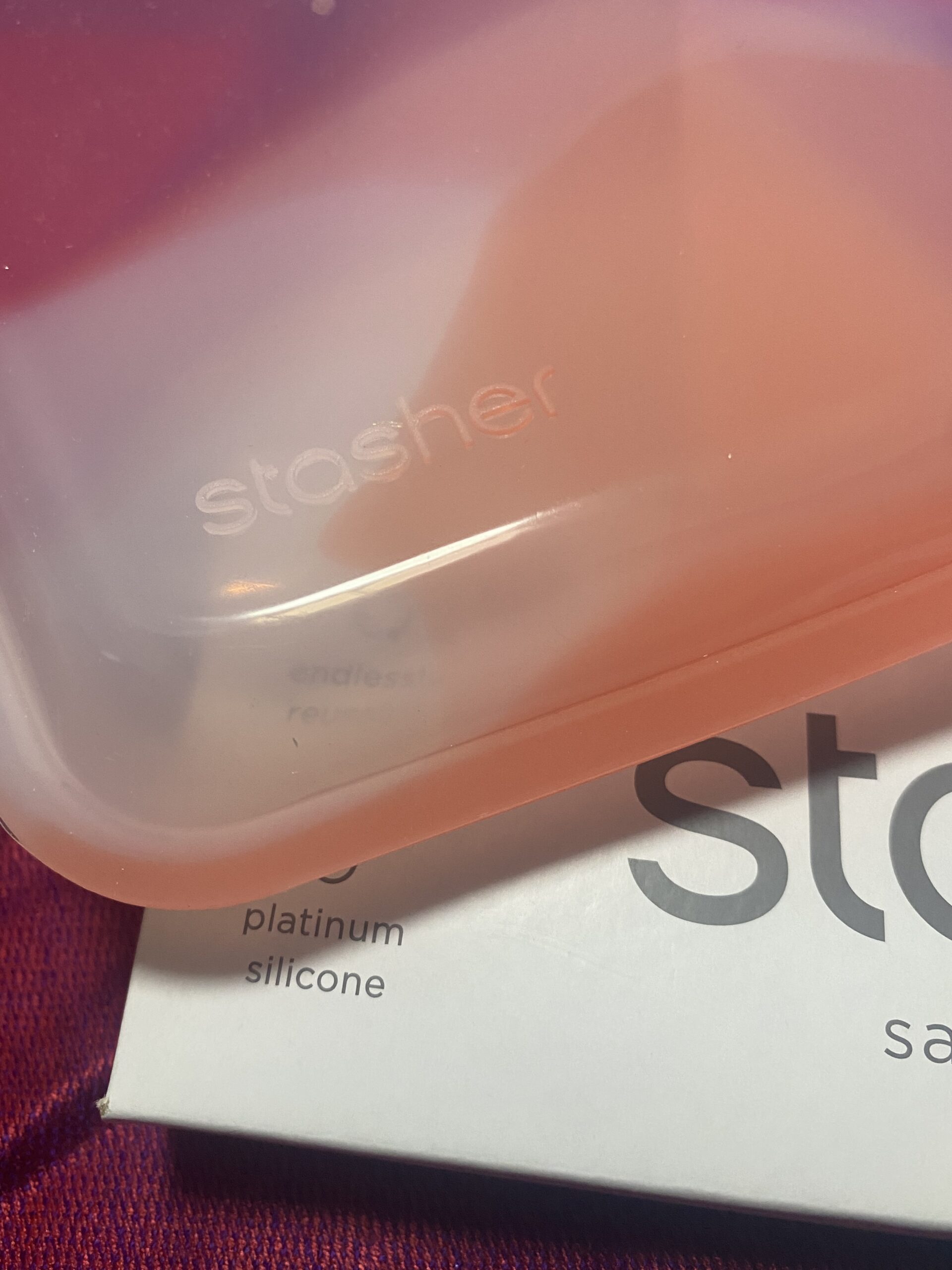

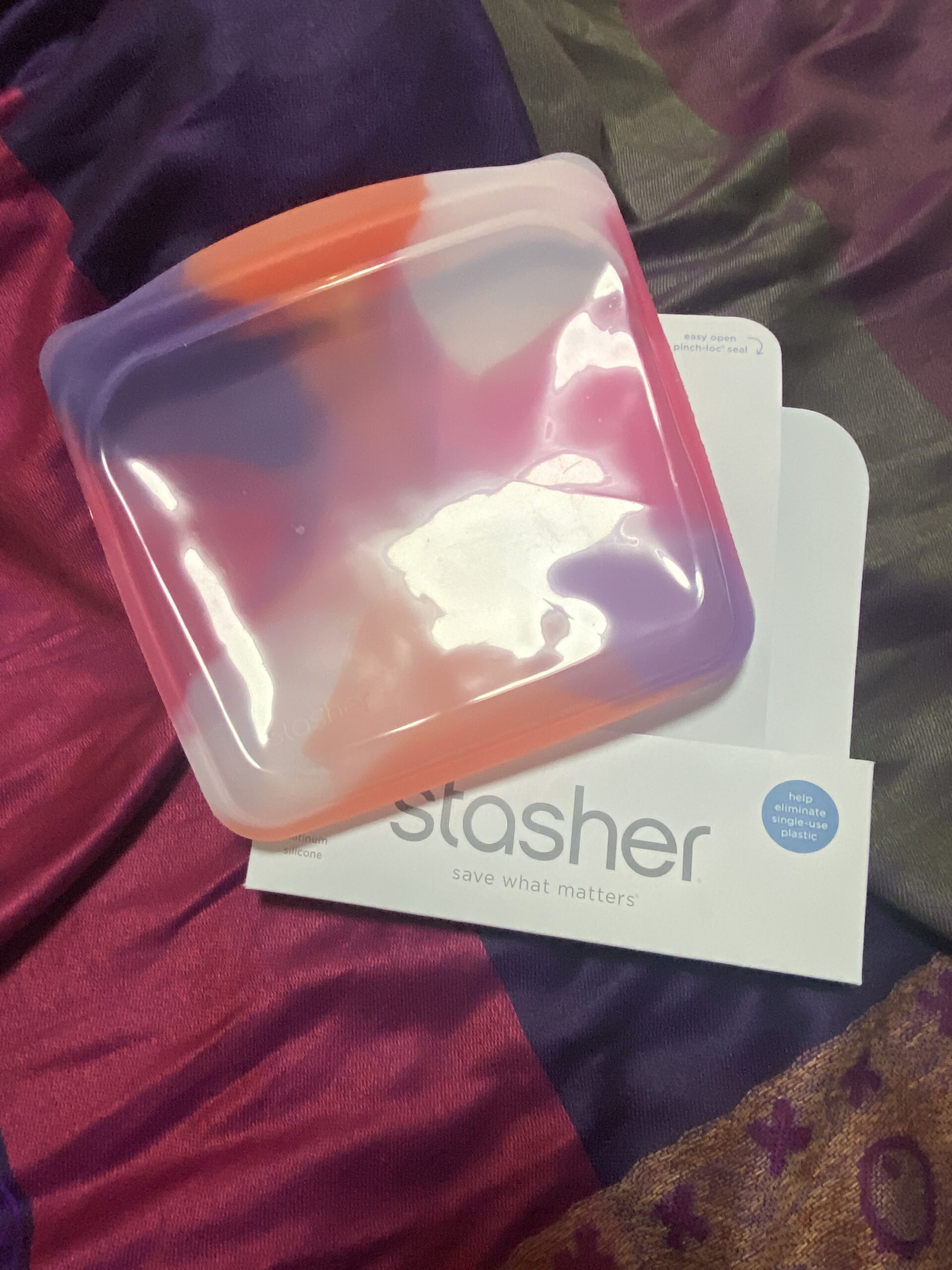
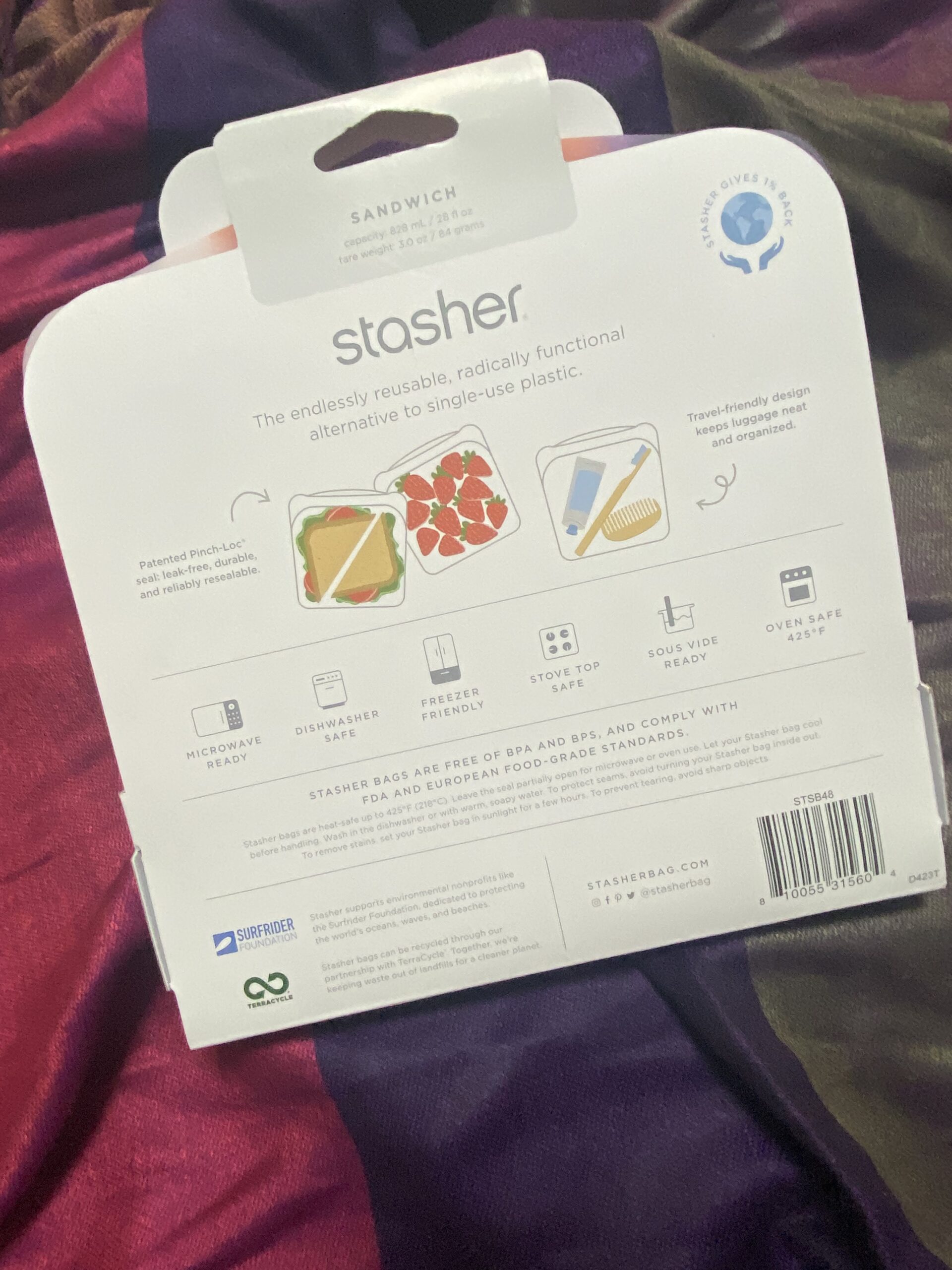
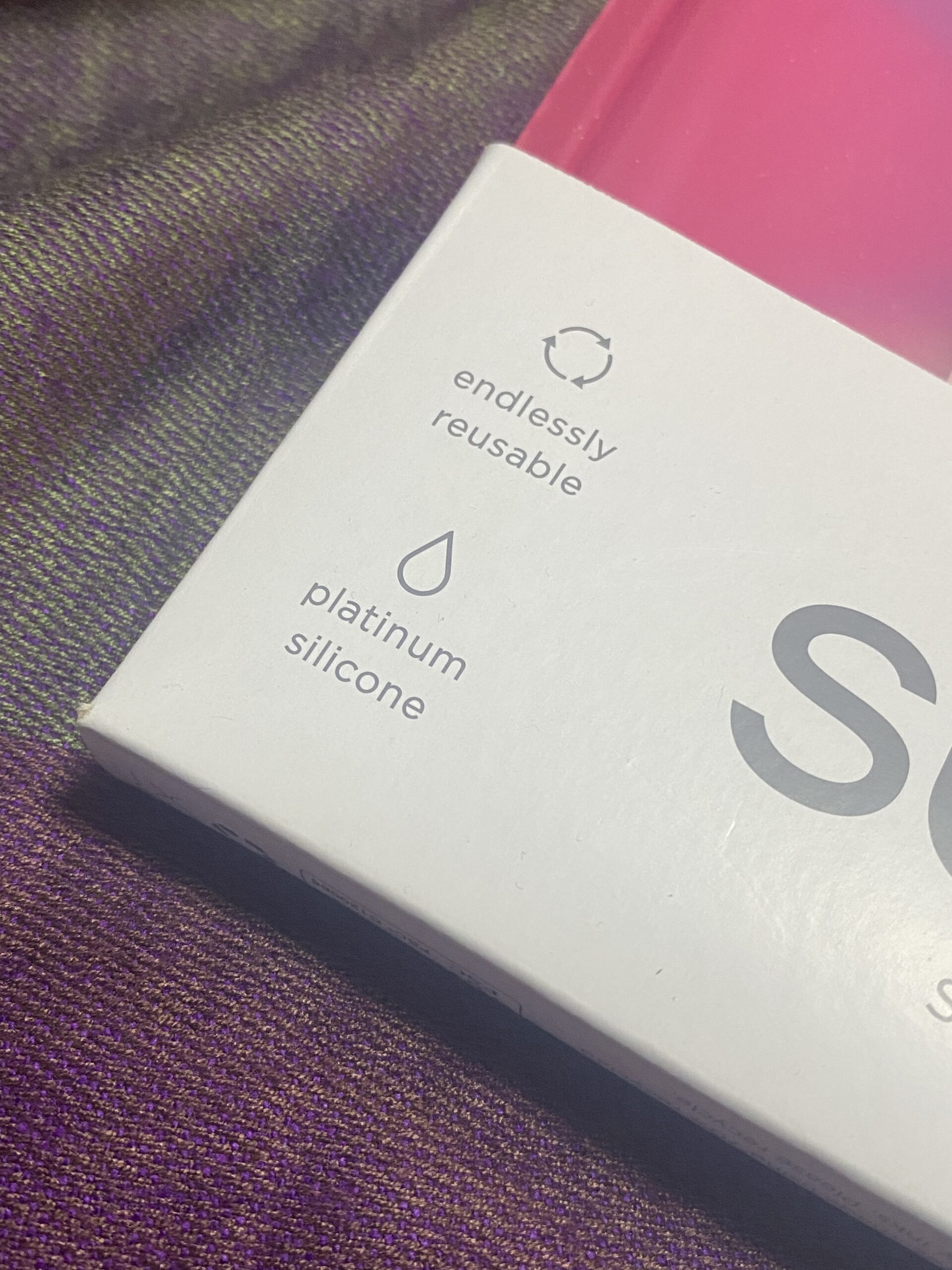
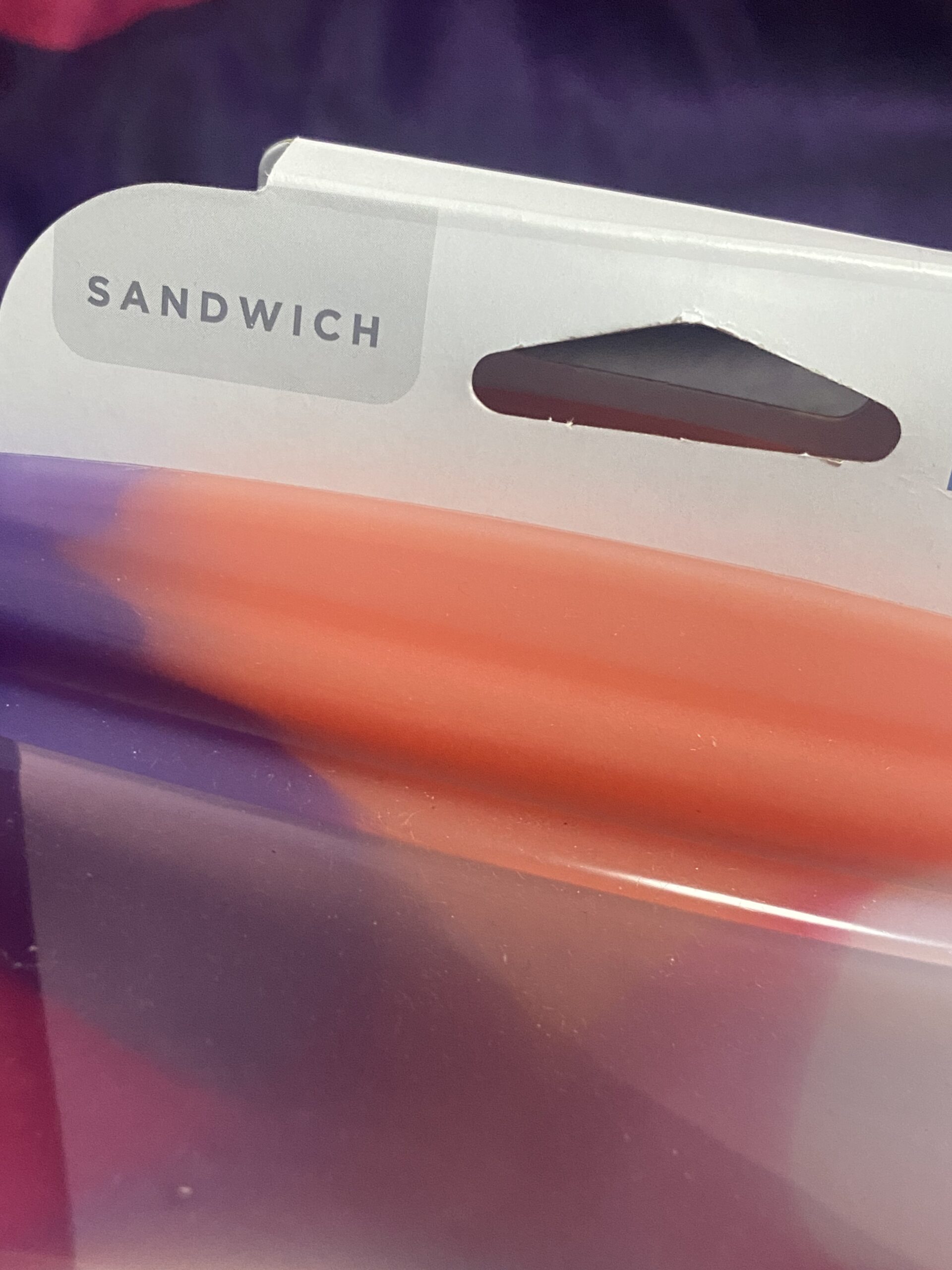
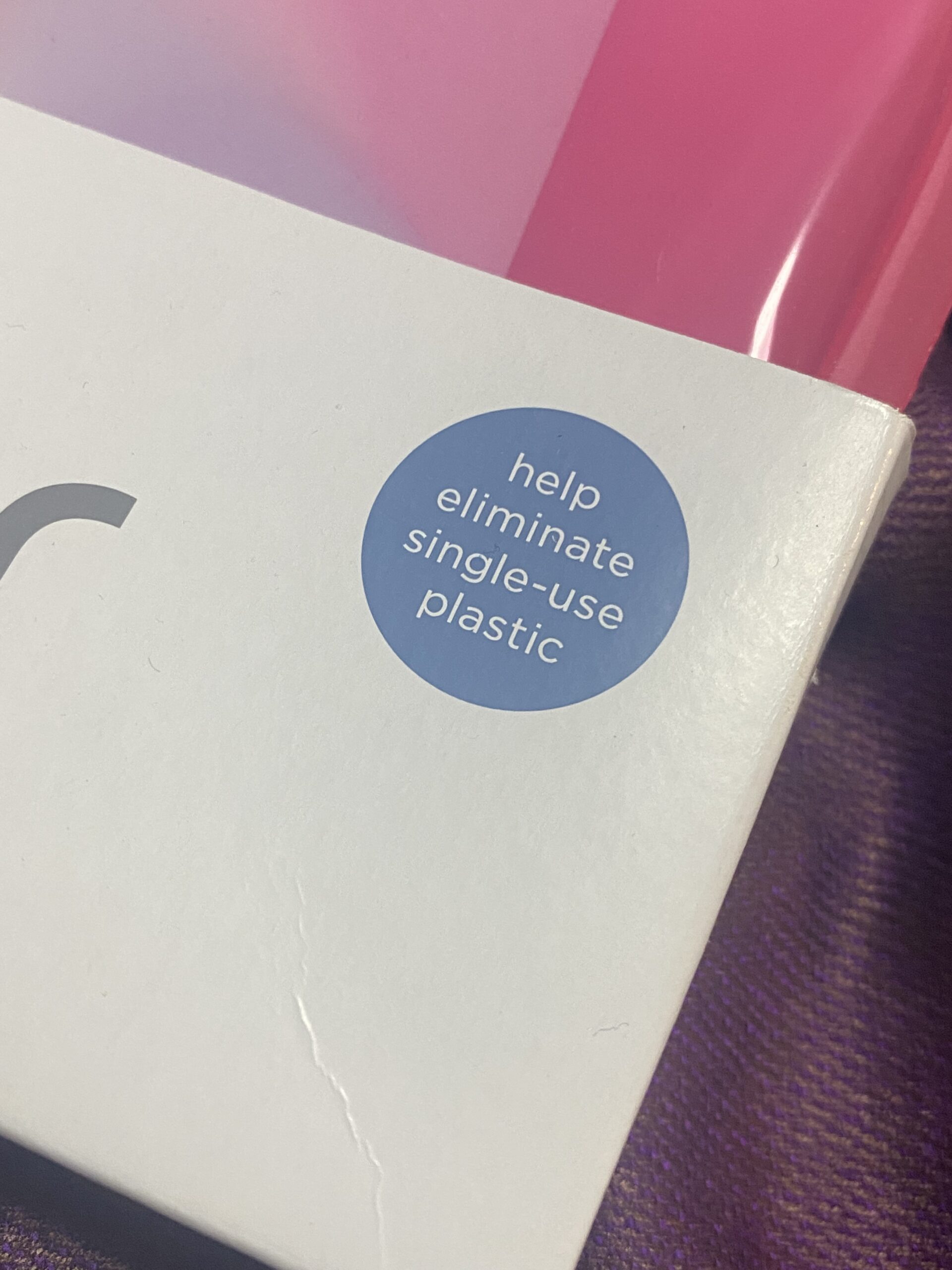
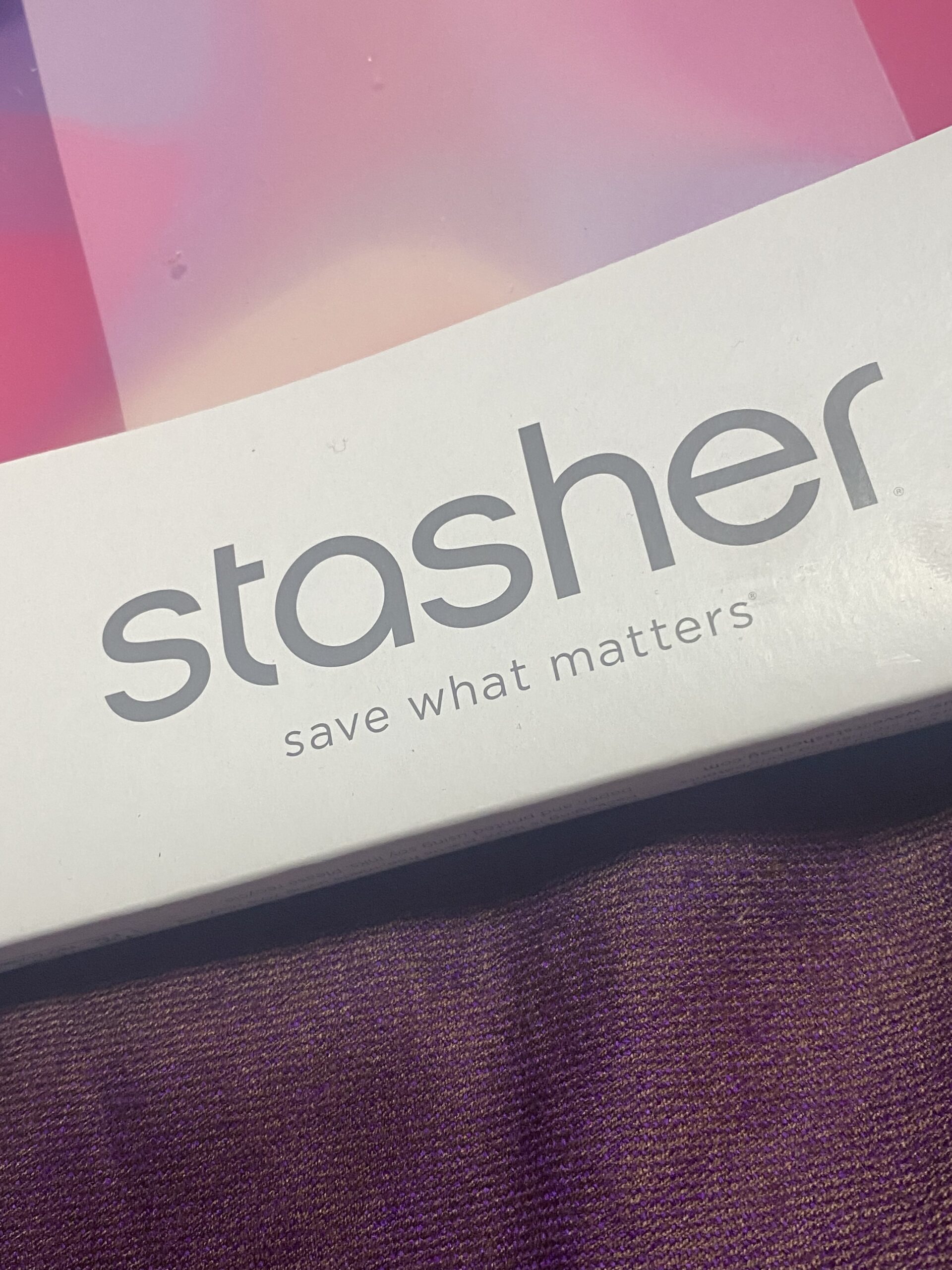
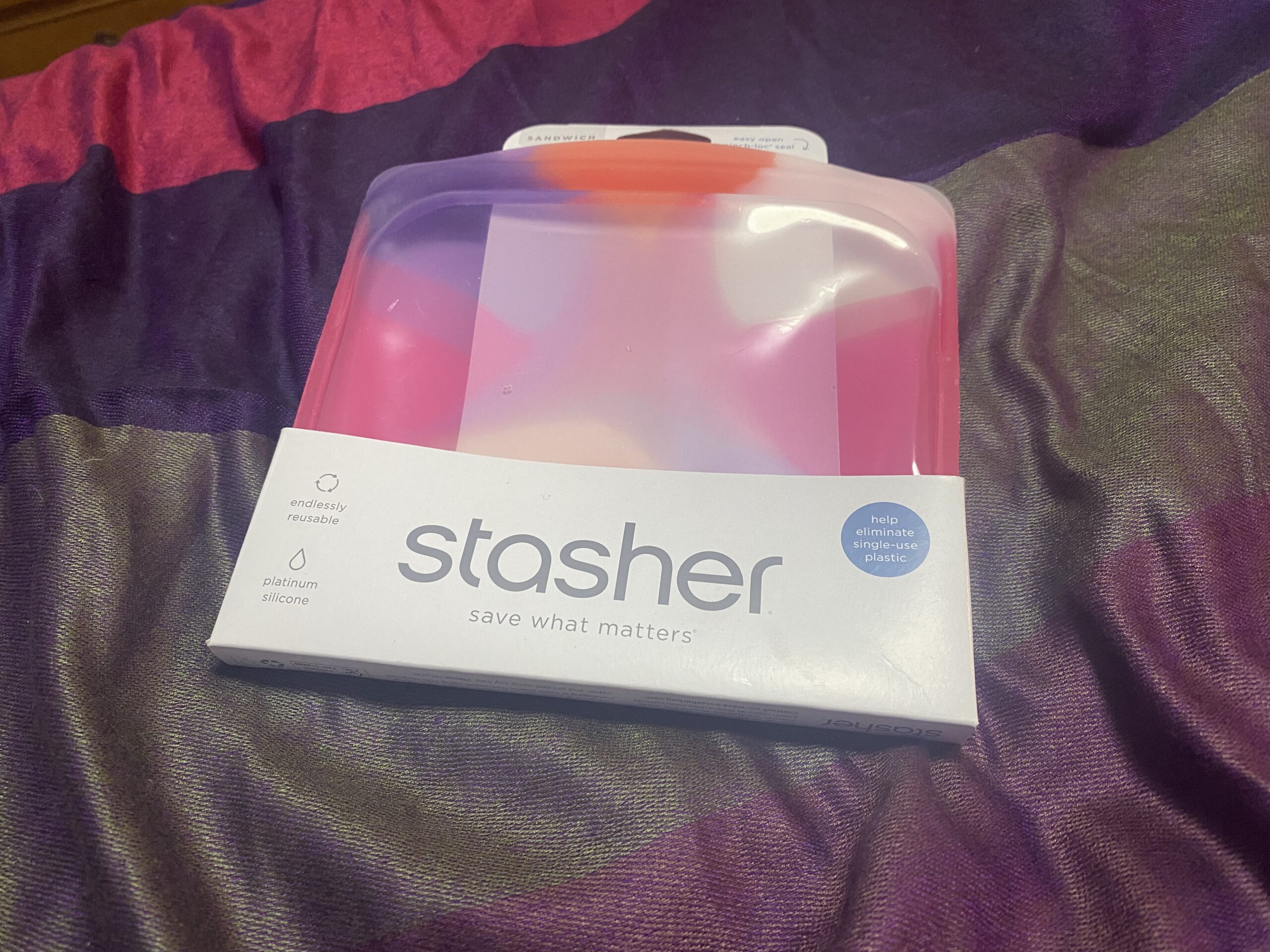

I notice you said colorants are a common cause of this sort of contamination. In your experience, do clear stasher bags also test positive?
Clear silicone also often tests positive but ones with colorants sometimes test positive for higher levels of metals (there are examples here on the site.) What I said was that the contamination *can* come from the colorants – but even clear silicone can also have colorants (the white is a colorant in most cases – unless the item is completely transparent). And even completely transparent silicone things like baby bottle nipples can test positive (but typically for lower levels than items with colorants).
I should have specified, do they tend to test positive for arsenic?
Oh dear, there doesn’t appear to be a way to edit. I meant antimony.
What kinds of spoons and spatulas do you recommend with stainless steel cookware? Cuisinart doesn’t recommend stainless steel utensils due to scratching the cookware. I cannot find wooden spoons that are round and deep enough. Thank you for all you do!
I wonder about silicones in skincare and haircare products?
Right. And even worse, the scar therapy patches and creams (almost completely silicone by design for application to DAMAGED skin). And worse still, breast implants!
Maybe the topical silicones are ok since they are clear and without colorants!! Hoping so.
I’ve always been skeptical of silicone, but the endocrine-disrupting phthalates and plasticizers that leach from plastic are more concerning in my opinion. Marketing is marketing, but quality silicone is certainly safer than plastic. I have some Stasher bags, but I’m also a fan of GIR, Platinum Pure, and Zip Top products. The way they look and feel compared to lower grade silicone I’ve handled in the past gives me some peace of mind.
Did you read the linked article? It talks about endocrine disruptors leaching from silicone products.
Please put a note where you encourage rubber to specify the product should be made from *virgin* rubber, as regular rubber like from recycled tires can contain many cancer causing contaminants
Does freezing silicone leach chemicals? I use these bags for freezing bread, herbs, and other items.